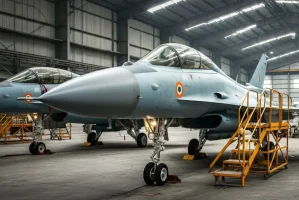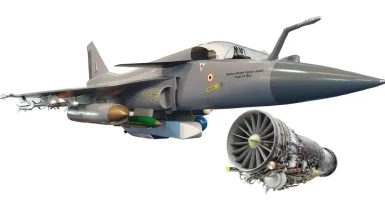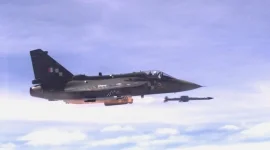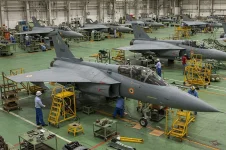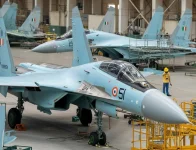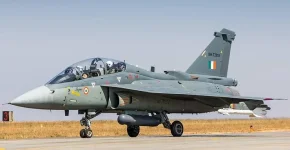- Views: 2K
- Replies: 6
State-owned aerospace and defence company Hindustan Aeronautics Limited (HAL) has announced plans to commence a significant upgrade and overhaul programme for the Indian Air Force's (IAF) fleet of Tejas Mk1 fighter jets, beginning in 2026.
This initiative aims to bolster the operational capabilities of the earlier Initial Operational Clearance (IOC) and Final Operational Clearance (FOC) versions of the Tejas Mk1. The upgrades will be implemented in stages, bringing these aircraft closer to the more advanced standards of the Tejas Mk1A variant.
The Tejas Mk1, a critical asset in India's aerial defence, has been serving the IAF since its first squadron was formed in 2016. The initial IOC and subsequent FOC versions, while effective, do not possess some of the sophisticated systems found in the newer Tejas Mk1A.
The Mk1A features superior avionics, an advanced Active Electronically Scanned Array (AESA) radar for improved target detection and tracking, enhanced electronic warfare (EW) systems for better self-protection and disruption of enemy systems, and the capability to integrate cutting-edge weaponry such as the Beyond Visual Range (BVR) Astra missile.
To address this technological difference, HAL's upgrade strategy will primarily focus on enhancing the aircraft's electronic systems rather than undertaking extensive structural changes, like modifying the air intake, which would involve considerable redesign and testing efforts.
The upgrade process will be carried out in phases, concentrating on integrating modern avionics packages. This includes fitting advanced AESA radar systems, improved cockpit displays for better situational awareness for pilots, and more capable electronic warfare suites.
Such enhancements will significantly elevate the Mk1 fleet's performance to levels comparable with the Tejas Mk1A. This approach is designed to be cost-effective and aims to keep the aircraft out of service for the shortest possible time, thereby maintaining the IAF's operational readiness.
The overhaul, set to start in 2026, will also address the routine wear and tear on the aircraft, ensuring the airframes remain fully operational and mission-capable for an extended service life.
HAL's decision to prioritise avionics upgrades over major structural modifications, such as those seen in the latest Tejas Mk1A related to its air intake, is a strategic one. The company intends to maximise the combat effectiveness of the existing Mk1 fleet through these critical electronic enhancements.
Advanced avionics are vital for success in contemporary air warfare, enabling the Tejas Mk1 to operate effectively in complex, networked battle environments and contested airspaces.
This upgrade programme aligns with India's broader goal of modernising its armed forces and strengthening its indigenous defence manufacturing capabilities.

